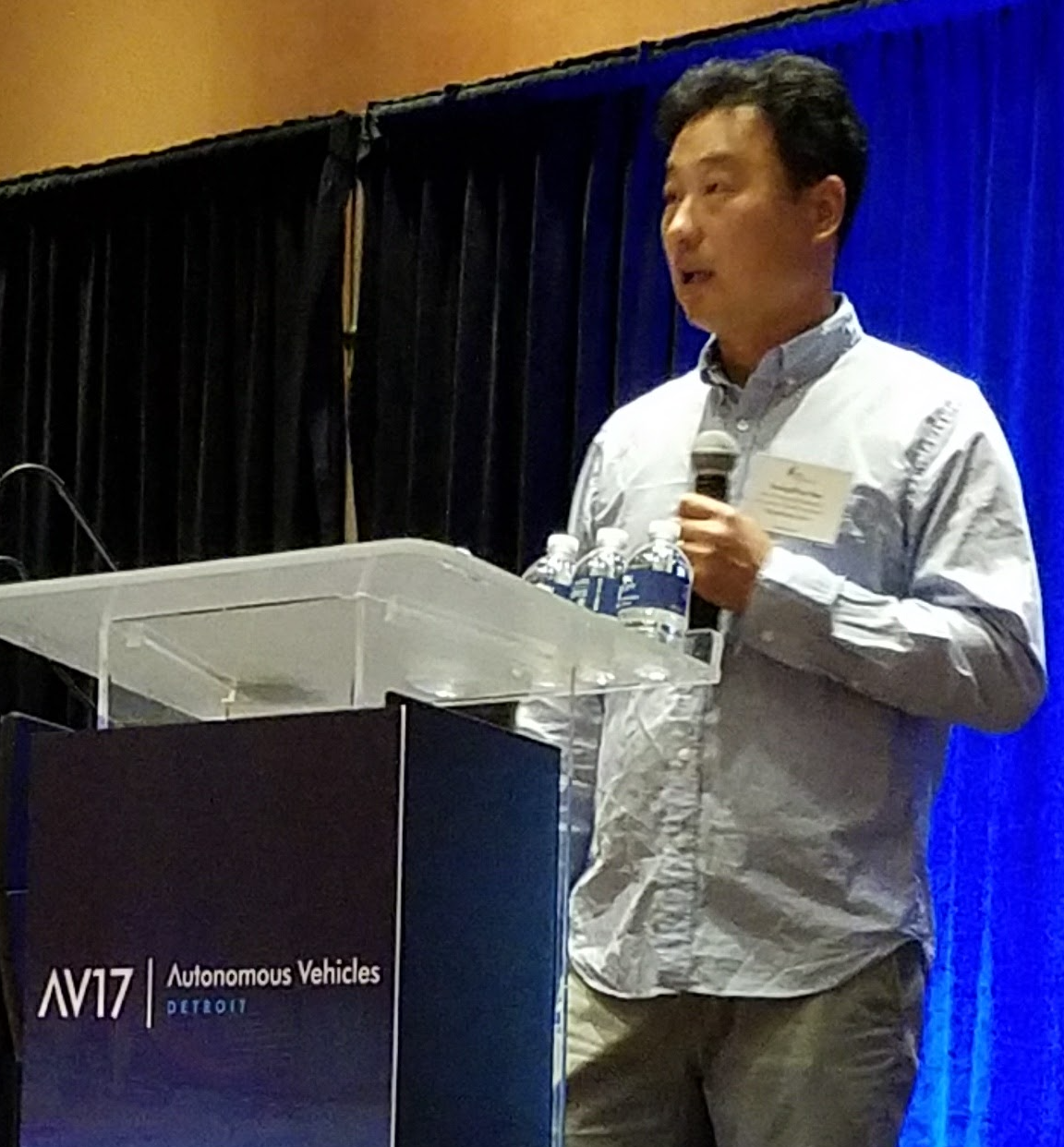Recognition of highway workzones for reliable autonomous driving
Published in IEEE-TITS, 2015
In order to be deployed in real-world driving environments, autonomous ground vehicles must be able to recognize and respond to exceptional road conditions, such as highway workzones, because such unusual events can alter previously known traffic rules and road geometry. In this work, we investigate a set of computer vision methods which recognize, through identification of workzone signs, the bounds of a highway workzone and temporary changes in highway driving environments. Our approach filters out irrelevant image regions, localizes potential sign image regions using a learned color model, and recognizes signs through classification. Performance of individual unit tests is promising; still, it is unrealistic to expect perfect performance in sign recognition. Performance errors with individual modules in sign recognition will cause our system to misread temporary highway changes. To handle potential recognition errors, our method utilizes the temporal redundancy of sign occurrences and their corresponding classification decisions. Through testing, using video data recorded under various weather conditions, our approach was able to reliably identify the boundaries of workzones and robustly detect a majority of driving condition changes.
Young-Woo Seo, Jongho Lee, David Wettergreen, and Wende Zhang, Recognition of highway workzones for reliable autonomous driving, IEEE Transactions on Intelligent Transportation Systems, 16(2): 708-718, 2015.
